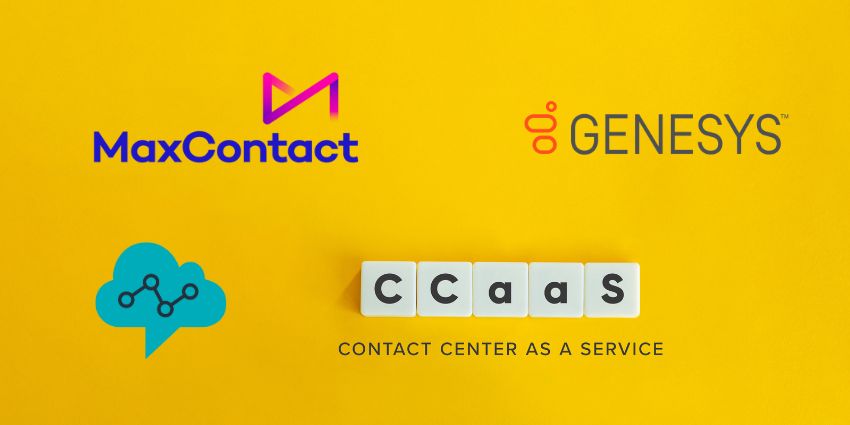Whether due to expansion or just the simple act of scaling back on capabilities, many businesses and brands are in the process of assessing their comms needs right now. The fact of the matter is, what worked ten years ago may no longer fit a business needs or the needs of its agents, but COVID-19 has changed the way customers communicate, and their demands have increased.
As channels moved to become more digital a number of years ago, two models emerged and as a result, they’re now battling for the top spot. These are unified and integrated voice and digital channel models. Both have their benefits and setbacks. In this article, we explore those in more depth.
But firstly, what do each of them mean?
Unified voice and digital channels mean all channels are handled by the CCaaS solution. They are then presented to a live agent within a unified desktop. This is the more popular approach for more conservative industries such as the public sector, but not typically favoured among those that have gained enterprise CRM solutions.
Integrated voice and digital channels refer to a method favoured among brands such as the financial sector, insurance, retail and legal. In this model, digital interactions are achieved natively within the CRM. An example is integrating at the desktop level providing enterprise IVR and self-service options to automate voice calls using data within the CRM queueing.
Unified
Gartner defines UC as “Unified communications (UC) products – equipment, software and services – provide and combine multiple enterprise communications channels, such as voice, video, personal and team messaging, voicemail, and content sharing.
“This can include control, management and integration of these channels. UC products can also be integrated with networks and systems, IT business applications and, in some cases, consumer applications and devices.”
This is essentially provided as a service and often referred to as UCaaS.
UCaaS has similar qualities to the integrated model. It gives business leaders and their agents an improved manner in which to communicate outside of the organisation. The difference is though, firms don’t have outages, bandwidth issues or an inconsistent experience to fret over. And UCaaS has backup for when an internet connection is interrupted.
Integrated
There are many benefits to integrated, one of them being it has an ability to provide low barrier to entry and greater accessibility for customers and businesses. This means that instead of having to pay upfront for a bunch of bulky equipment business leaders then have to pay to maintain for years to come, they can instead pay for their comms to run off broadband, or if their agents are working remotely, their own internet connection.
Costs are therefore predictable and the service provider is ultimately responsible for maintaining the system, making it much simpler to manage.
It also enables employees to communicate from anywhere there is an internet connection on any connected device. Added to that, calls are inexpensive and often free.






